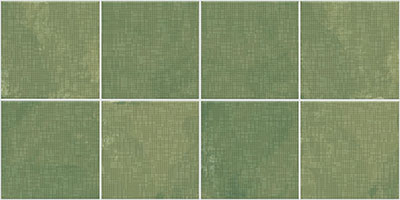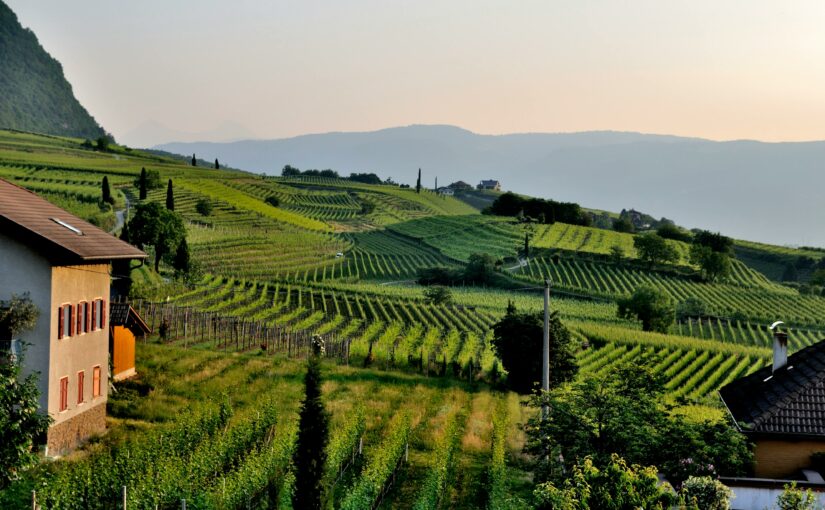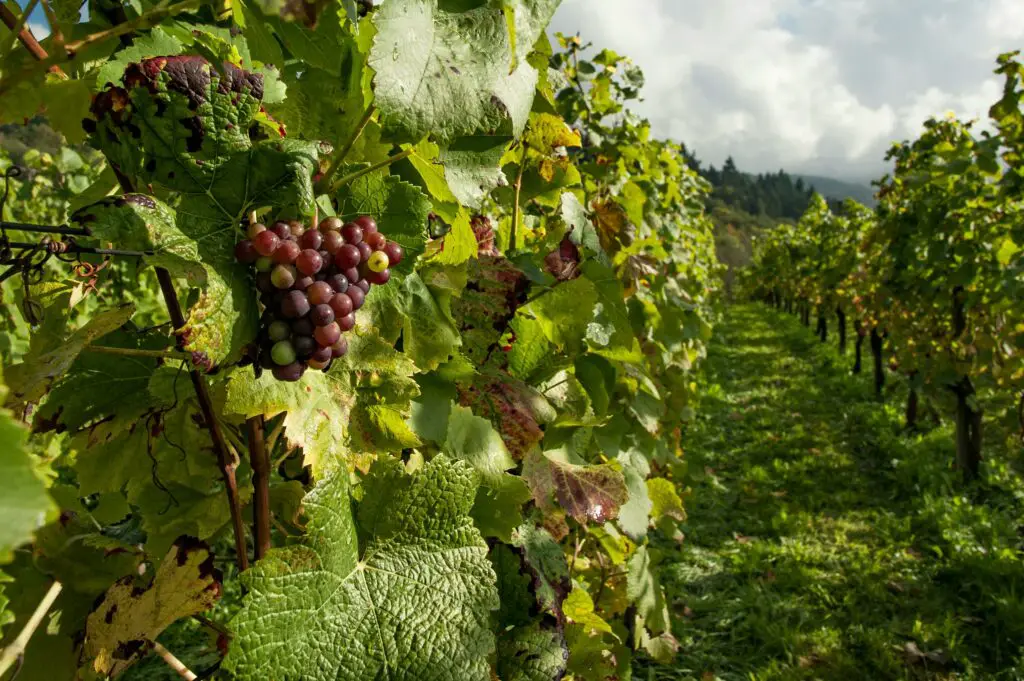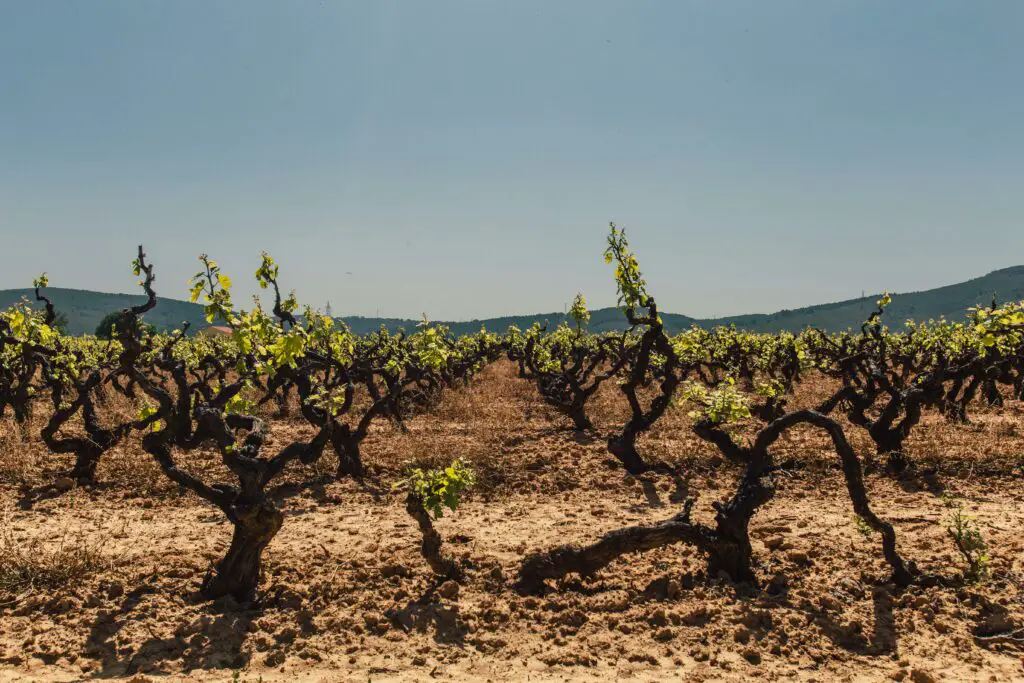You’re ready to sell your house without a realtor and want to avoid extra fees or complicated negotiations. This guide focuses on practical, step-by-step strategies to simplify the entire process.
You’ll discover how to set a competitive price, prepare appealing marketing materials, and conduct showings confidently. Recognizing potential pitfalls early helps you negotiate effectively and close the deal successfully today.
If you need comprehensive guidance on Massachusetts property transactions, explore https://www.valleyresidentialgroup.com/ for professional insights. Stay proactive, embrace proven strategies, and successfully sell your home on your own terms today.
Weigh FSBO Pros
Taking a for-sale-by-owner route can save you money and grant total control. Yet, it demands remarkably extra work and a solid plan from the start.
- Save listing commissions: You skip paying an agent’s portion, retaining crucial proceeds.
- Enjoy full control: You steer pricing, marketing, and showings throughout every stage.
- Negotiate buyer’s fee: You can still bargain on the buyer’s agent commission to optimize profit.
- Beware of time demands: Handling research, open houses, and contract details alone can be challenging.
Many FSBO homes statistically sell for less, so weigh those potential drawbacks carefully and proceed. Remember to learn from experienced pros whenever you have uncertainties.
Assess whether you have time and expertise for researching comparable sales, addressing repairs, and coordinating paperwork. If yes, a self-managed sale could be truly worthwhile.
Think through your negotiation comfort level because buyer’s agents often negotiate very aggressively. You’ll need a strategy to handle firm offers and tricky contingencies effectively.
Finally, trust your knowledge of the unique property and local market conditions to gauge feasibility. If confident, a FSBO route might be your perfect choice.
Prep the Property
Breathe life into your listing by thoroughly preparing your house. A clean, organized environment builds immediate trust and helps potential buyers envision themselves living there.
Declutter and Deep Clean
Begin by removing non essential items from closets and shelves, as open spaces look larger. Then tackle stubborn grime to create sparkling floors, counters, and bathrooms.
Boost Curb Appeal
Prune overgrown shrubs, mow the lawn, and fix cracked walkways for a polished look. Even small gestures like fresh mulch can impress curious viewers immediately.
Gather home warranties, manuals, and repair records in one folder for quick reference. This proactive approach proudly keeps potential buyers confident about your property’s history.
Price the Home
Setting a competitive price is pivotal. Begin by exploring online estimators, yet remain mindful that automated tools might not capture your property’s unique selling points.
Study Comparable Sales
Analyze recent nearby transactions with similar size and features. This research helps you see where your home stands and clarifies a realistic firm pricing goal.
Mind Local Market Trends
Check if your area is leaning toward sellers or buyers. Broad demand shifts affect how quickly you can sell and the price you can command.
Use price banding to stand out. If multiple homes cluster around a certain figure, positioning your property slightly above or below can capture buyer interest.
Post Online Listings
Appealing digital presence is crucial for a fast sale. Once your home is camera-ready, build eye-catching listings to draw in highly motivated, qualified potential buyers.
- Take crisp photos: Clear, bright images elevate interest and highlight key features.
- Detail your upgrades: Provide accurate square footage and mention renovations for a stronger pull.
- Leverage FSBO platforms: Sharing on specialized sites boosts visibility among targeted audiences.
- Screen interested parties: Confirm pre-qualification and proof of funds for serious leads.
Use social media to expand your reach beyond real estate marketplaces. Enthusiastic online exposure can spark immediate buzz and genuine excitement about your well-prepared property.
Consider placing a dedicated listing on Zillow’s FSBO portal. This tool lets you manage photos, pricing updates, and inquiries, ensuring exposure for your offering.
Promote the Sale
Attracting the right buyers involves thoughtful marketing beyond online posts. Show genuine enthusiasm and creativity to generate a buzz that drives more showings and offers.
Leverage Community Connections
Your network can effectively boost exposure. Ask friends, family, or colleagues to share your listing, as personal referrals often yield especially stronger, more motivated buyers.
Host Informative Open Houses
Invite neighbors and potential buyers to a casual walkthrough. Provide property details, highlight recent improvements, and be available to answer questions with confidence and warmth.
Host Showings Safely
Inviting strangers inside means careful planning. Implement security measures and remain vigilant to protect yourself, your belongings, and everyone viewing your home during scheduled showings.
Secure Valuables
Place jewelry, credit cards, and prescription medications in locked compartments. Remove personal documents and sensitive information to eliminate potential risks during open houses or tours.
Control Access
Insist on scheduled appointments and accompany visitors, but don’t trap yourself. Always stand near an exit to ensure you feel comfortable while showing each area.
Negotiate Final Offer
Once multiple bids emerge, shifting to a best and final strategy can maximize your outcome. Clearly define realistic expectations and set a firm submission deadline.
- Create urgency: Tight timelines encourage serious buyers to show true intentions quickly.
- Evaluate contingencies: Favor offers with fewer conditions to ensure smoother closing.
- Stress finality: Emphasize that revised bids come last, minimizing negotiation delays.
- Focus on terms: Don’t overlook flexible closing dates or added incentives.
After receiving proposals, weigh each factor meticulously. Compare financial readiness, inspection demands, and flexibility in moving dates, truly ensuring you pick the best overall arrangement.
Complete Key Paperwork
Closing confidently demands having the right documents ready. Gather every relevant record so potential buyers and lenders can assess your home’s condition and ownership status.
Disclosure Requirements
Prepare mandatory forms detailing any known structural or environmental problems. Honest, accurate disclosures protect you from legal issues and instill trust in potentially wary buyers.
Proof of Ownership
Have your existing deed, mortgage statements, and title paperwork accessible. Clean titles simplify final negotiations and speed up the buyer’s confidence in your legitimate claim.
Close With Confidence
You have the power to finalize your home sale without an agent, relying on your own diligence and trusted resources. Take control, complete all necessary steps with vigilance, and handle negotiations with clarity. For peace of mind, consult Valley Residential Group LLC when you need support or expert guidance.






